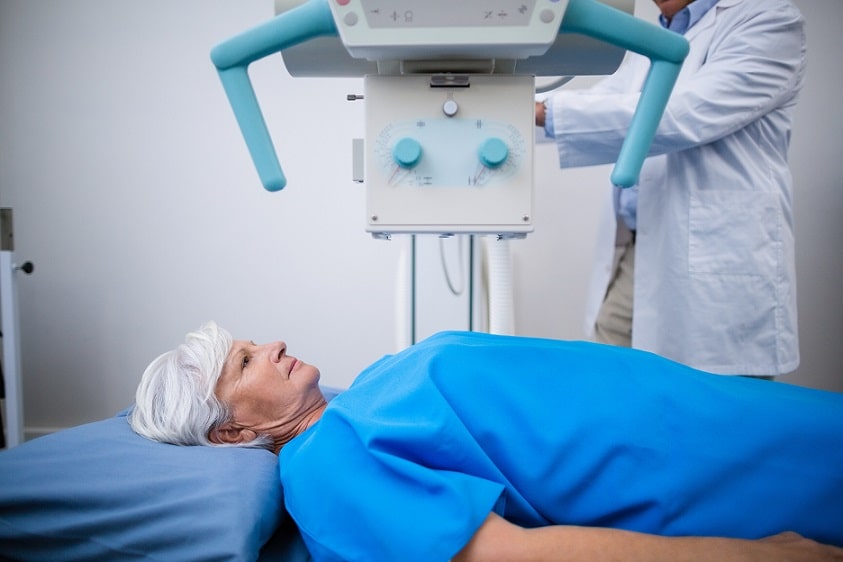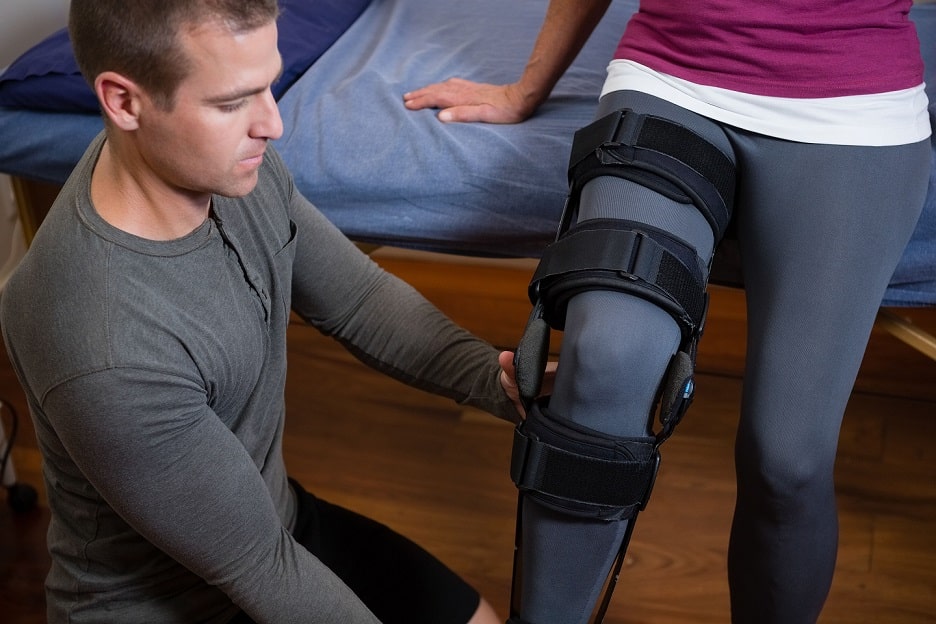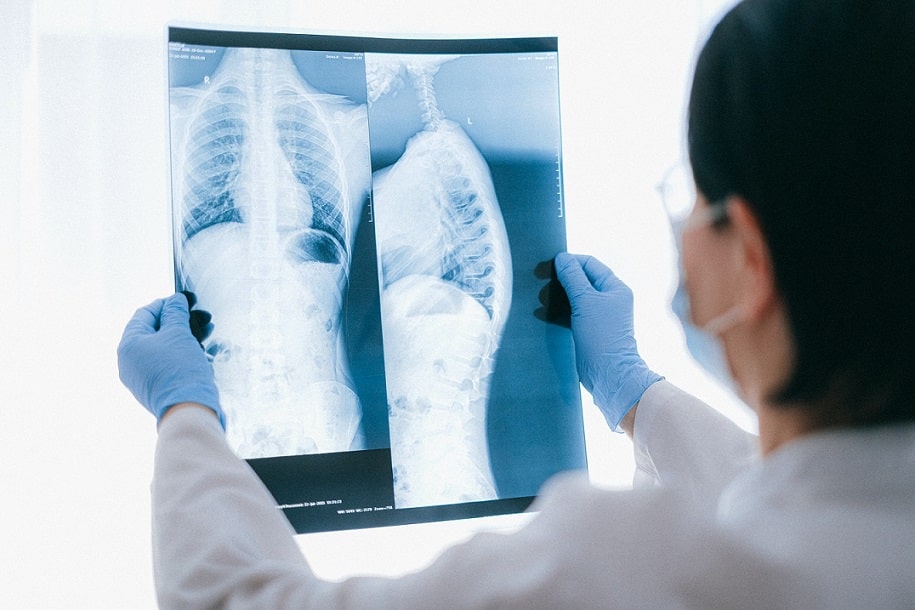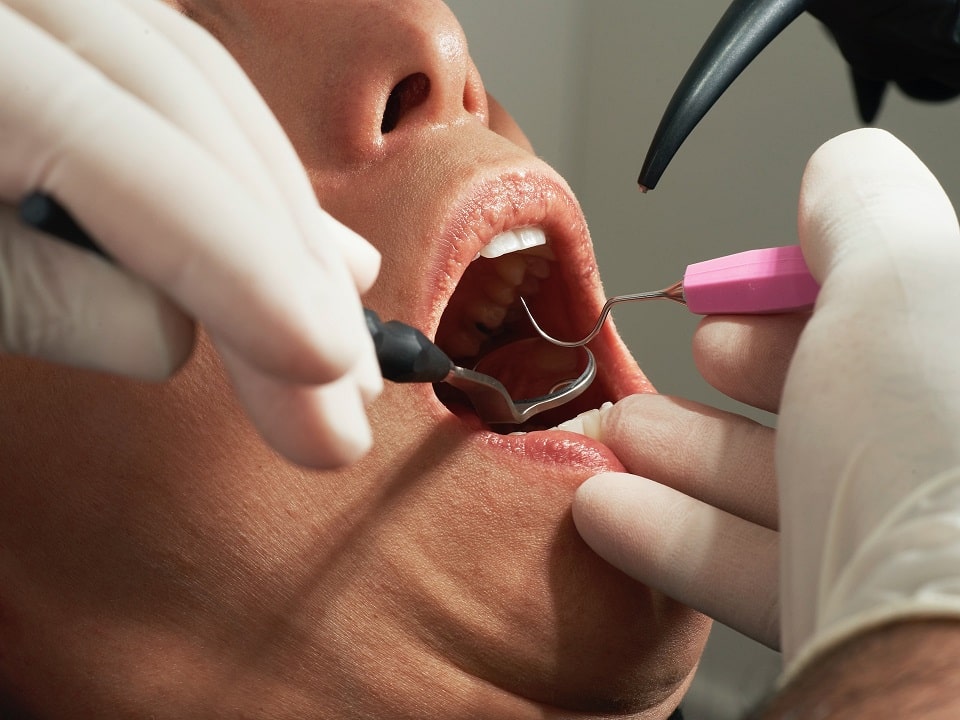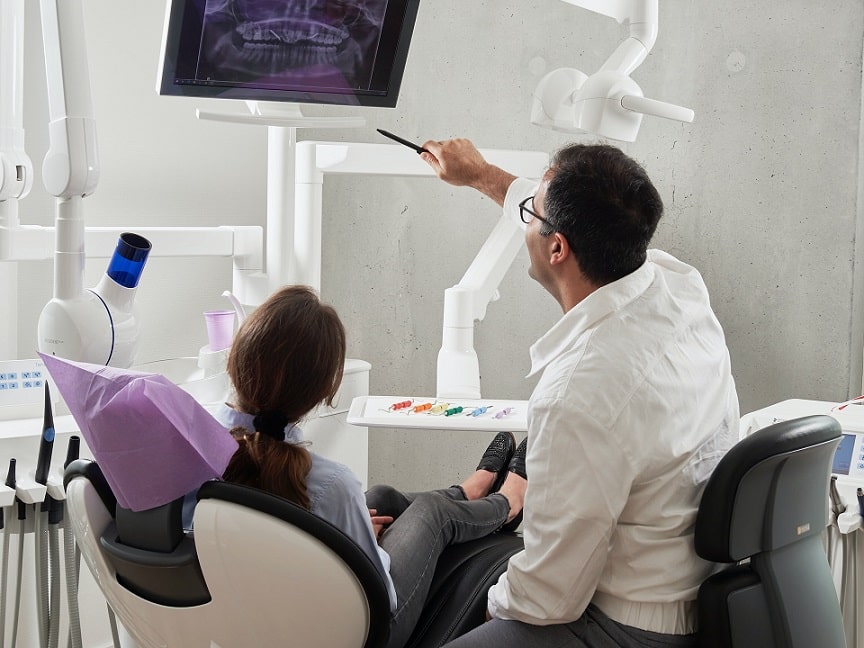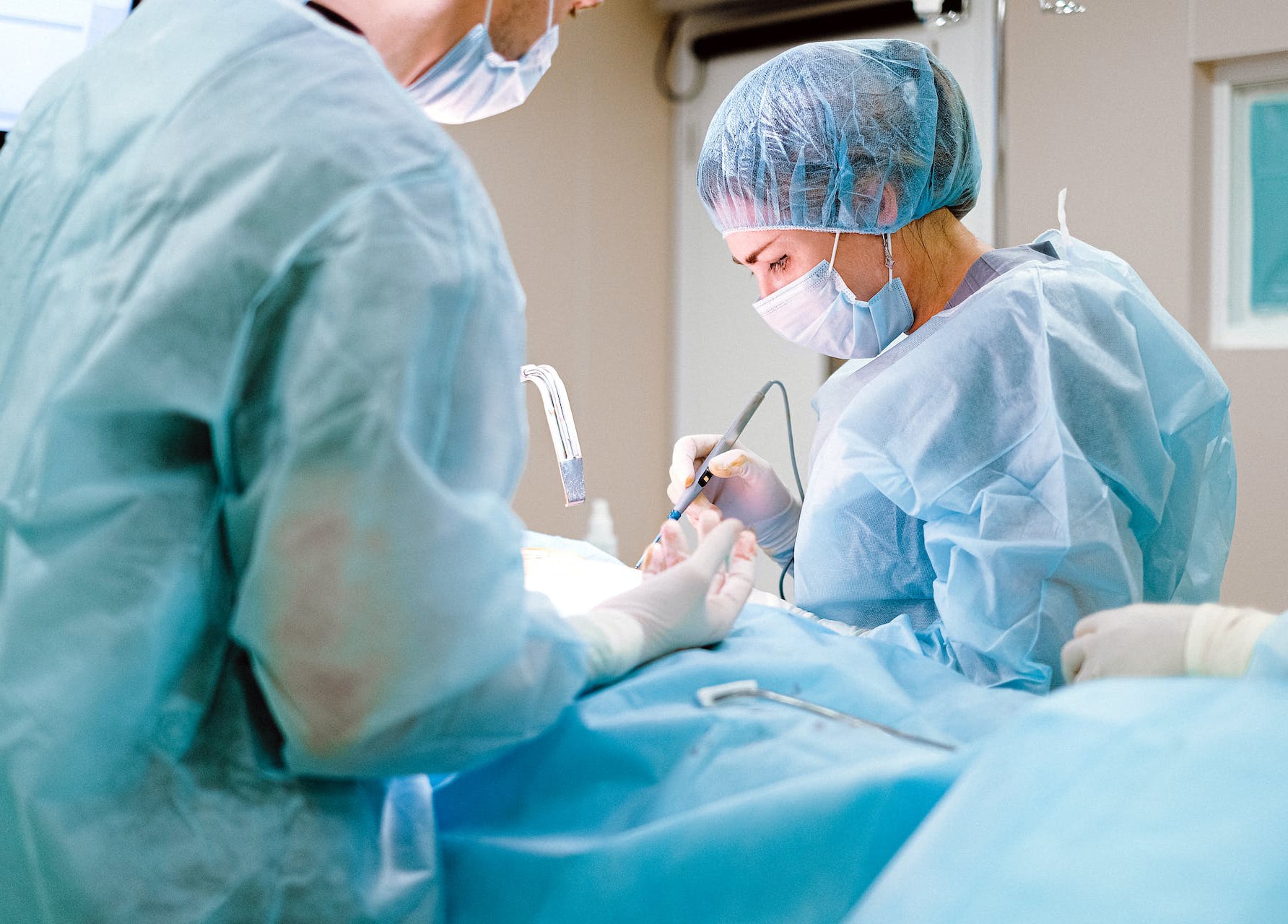A hernia is most likely to be the caused when you are involved in a heavy lifting activity. A hernia is due to a weakness in body tissues which allows other bodily tissues to protrude through; this often includes an organ of the body such as an intestine. Your tissues are normally strong enough to contain the organs and stop them from pushing through.
The symptoms
The most common symptom that we are all probably aware of is the presence of a lump. This lump will normally occur in your groin area or abdomen.
The lumps are normally painless and you may even be able to push the hernia back in to the abdomen. Many people will never experience any discomfort and the lump will generally be an annoyance or inconvenience however there is always a risk that the hernia may become ‘strangulated’.
This may be caused by the organ becoming stuck within the hole/weak tissue and thus cutting off the blood supply.
It is therefore very important that you seek medical advice if you think you may have hernia as surgery may be required to stop circumstances occurring such as that of a strangulated hernia or even a bowel obstruction.
Is surgery the only option which is available as a treatment?
Yes, but the surgery is relatively straightforward and if you are in good health it can even be done under a local anaesthetic and by keyhole surgery.
Recovery following surgery will again depend on the type of job that you undertake and your health and fitness levels.
Can I take any steps to avoid developing a hernia?
- Stop smoking – smokers are at a higher risk level than others
- Keep your weight under control
- Make sure that you lift correctly i.e. bend your knees and keep a straight back
- Eat a high-fibre diet – just help going to the loo that little bit easier!
Remember – always seek medical advice if you suspect you may have a hernia; just to be on the safe side!



